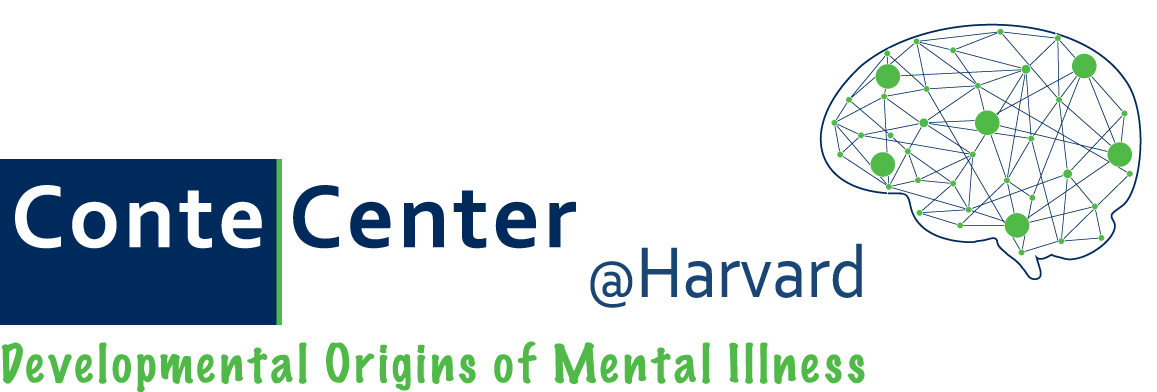In collaborative study with Arlotta lab, Lichtman team characterizes myelin distribution of single cortical axons
Original Journal Article in Science:
“Distinct profiles of myelin distribution along single axons of pyramidal neurons in the neocortex“
Harvard Gazette story:
“Turning science on its head”
Read moreListen to the interview on WBUR’s “On Point” Show with Tom Ashbrook:
“A Pill for ‘Brain Youth’?”
Listen to the interview on NPR’s Weekend Edition with Linda Wertheimer:
“Want Perfect Pitch? You Might Be Able To Pop A Pill For That”
Read the article in Frontiers in Systems Neuroscience that sparked this coverage:
“Valproate reopens critical-period learning of absolute pitch”
Read moreModel of visual critical period suggests that maturation of inhibition in early postnatal development lowers the ratio of spontaneous to evoked cortical activity
Inhibitory circuits in the cerebral cortex are known to mature subsequent to excitatory circuits, and this later maturation of inhibition is believed to play a central role in triggering critical periods. Yet exactly how the rise of inhibition “turns on” a critical period has long remained enigmatic.
In a Viewpoint article published October 2nd in Neuron, researchers propose that the answer lies in the selective suppression of spontaneous, as opposed to environmentally-evoked, neural activity. Critical period plasticity may be induced when there is a shift from predominantly internal to predominantly external learning cues, and the ratio of spontaneous to evoked cortical activity is lowered past a certain threshold…
Read moreNovel histone variant enforces ‘use it or lose it’ policy in olfactory neurons
Our experiences shape our identities. It matters if we grew up on a farm or in the city. If we’ve endured poverty or had material comforts. Even whether we’re exposed more to Disney films or horror movies, hip-hop versus classical music. Experiences both big and small personalize our nervous systems beyond what’s written in our DNA, and can lead to lasting physical changes in the brain. London cab drivers, for instance, after years of studying the intricate layout of streets in their city, develop larger hippocampi—the seahorse-shaped inner areas of our temporal lobes, important for memory and spatial navigation. But exactly how our nervous systems record and respond to our complex environmental experiences is still one of the biggest questions in neuroscience…
Read moreFrom discovery to trial: A drug that may correct ‘lazy eye’
A blog post by Sarah Lewin in Vector, Boston Children’s Hospital’s science and clinical innovation blog
Read more